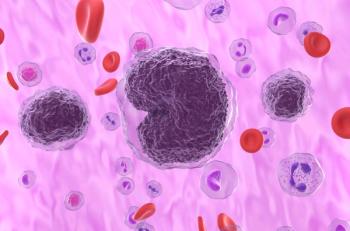
Continued Statin Use Following Adverse Reaction May Reduce Incidence of Death and CVD Events
Patients often stop statin treatment following an adverse reaction; however, new research finds an association between continued statin prescriptions after an adverse reaction and a decreased incidence of death and cardiovascular events.
Patients often stop statin treatment following an adverse reaction; however, new research finds an association between continued statin prescriptions after an adverse reaction and a decreased incidence of death and cardiovascular events.
A new
The data was collected from electronic medical records (EMR). The patient was categorized as continuing to receive statin prescriptions, if they received another prescription for a statin during the treatment period, and the comparison group was composed of those who did not receive statin prescriptions after the adverse reaction.
The study included 28,266 participants and 19,989 patients (70.7%) continued to receive satin prescriptions while 8277 did not. A majority (80.9%) of the adverse reactions were identified from the provider notes in the EMR, 10.8% were identified from the EMR data, and 8.3% were present in both sources.
The primary outcome was determined as the first to occur of either myocardial infarction, stroke, or death from any cause. Four years following the presumed adverse event, the total incidence of the composite primary outcome was 12.2% for patients with continued statin prescriptions and 13.9% for those without them. This suggests that statin prescriptions are associated with a lower incidence of cardiovascular events and death among those with a presumed adverse reaction.
“Whether therapy should be continued after an adverse reaction is an important decision that must take into account the balance of potential benefits and risks to the patient,” the authors concluded. “This study's findings may help patients and their clinicians inform their choice of treatment to best fit each patient's circumstances.”
Newsletter
Stay ahead of policy, cost, and value—subscribe to AJMC for expert insights at the intersection of clinical care and health economics.













































